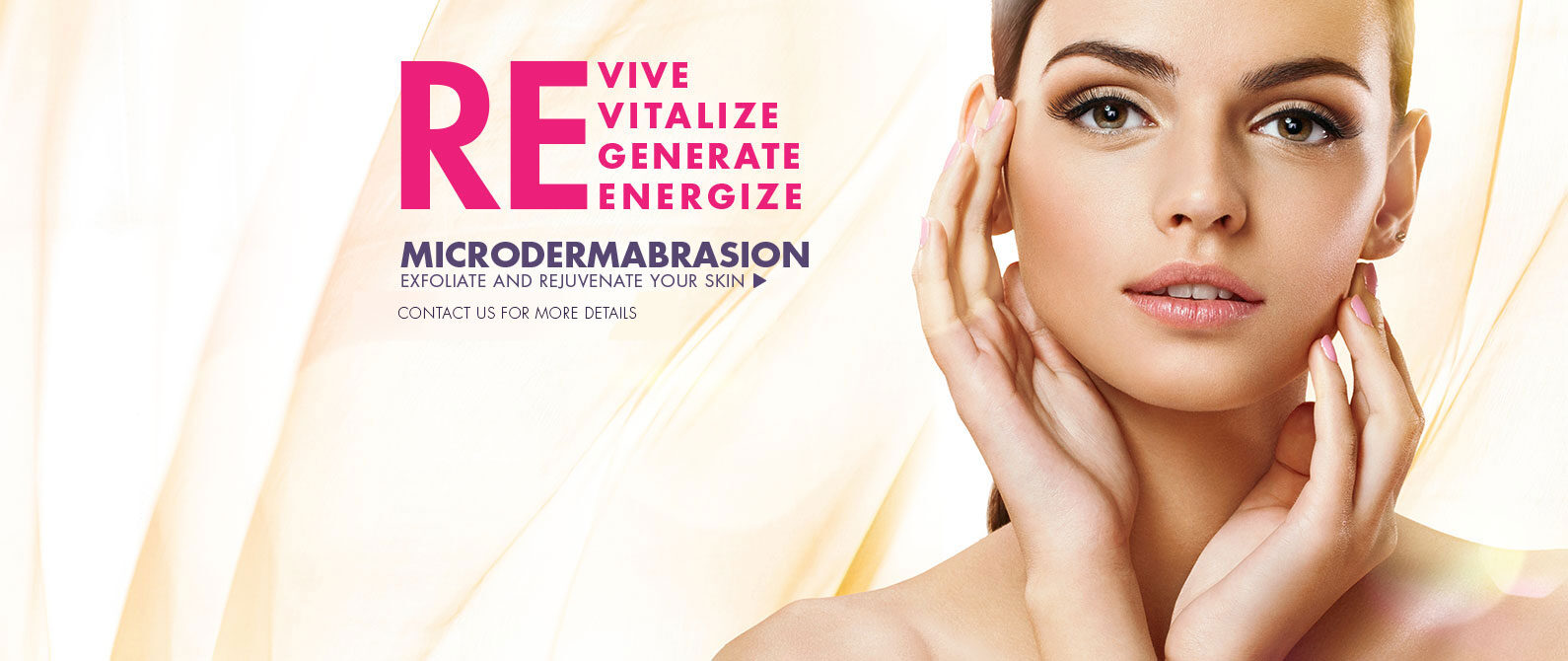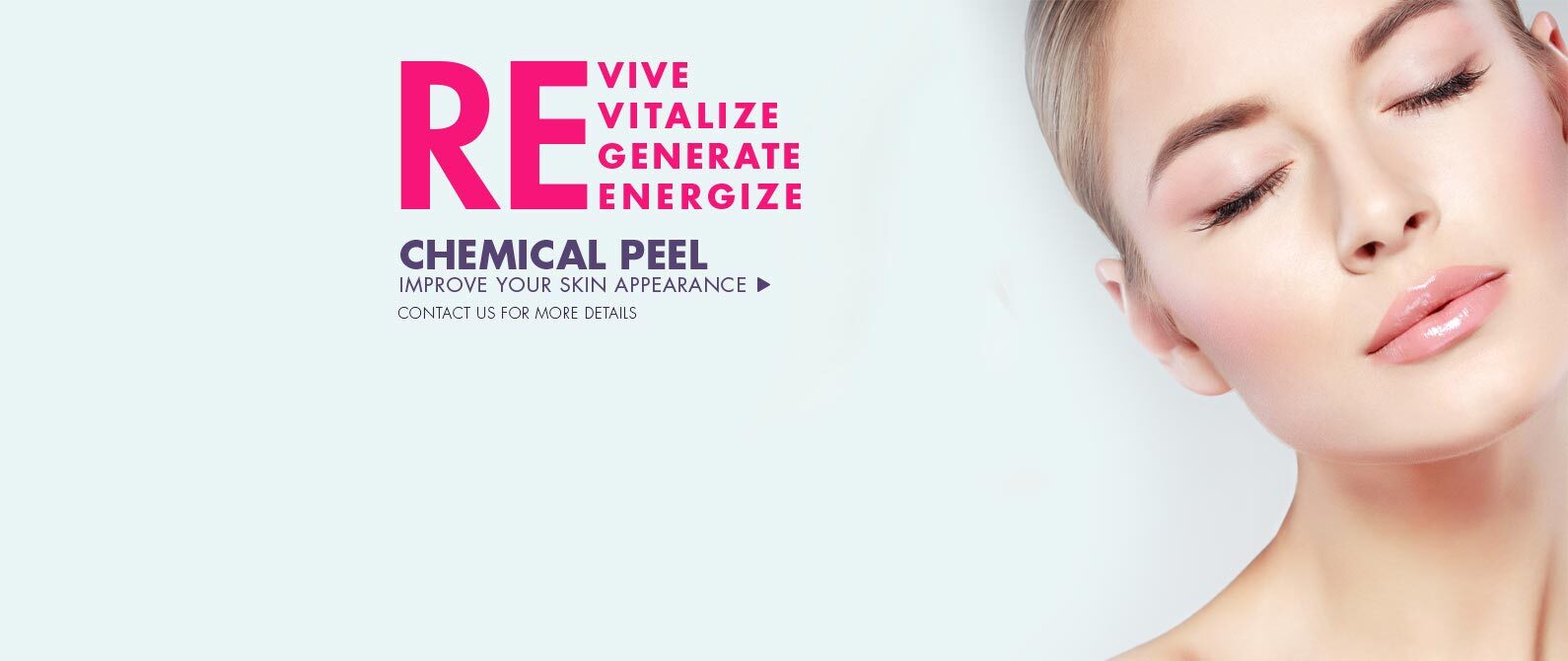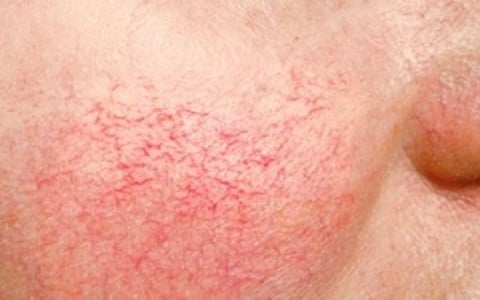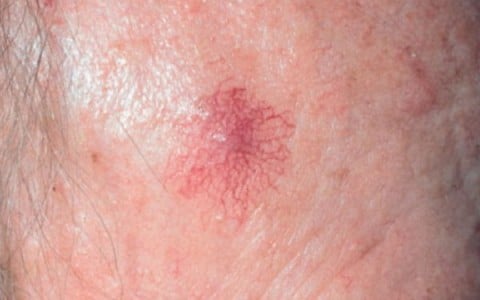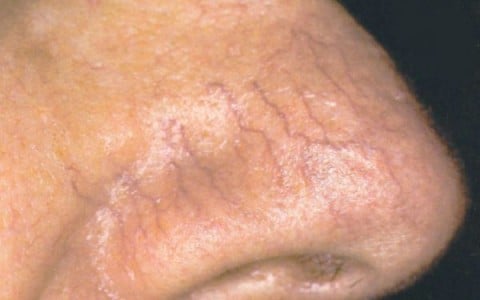Our dermatologists will ensure you are as comfortable as possible; most patients lie down, depending upon the area being treated. Both the patient and staff will be wearing protective eyewear. When the treatment begins, the laser will be calibrated and the parameters will be set, based on the specific condition being treated.
Treatment parameters are set in after a dermatological consultation with the patient. Standard settings typically produce redness and swelling, resembling a bad sunburn, which may last several days. More aggressive levels, sometimes used to treat marked rosacea or similar conditions, may result in spotty bruising.
Treatment for conditions such as port wine stains usually results in the whole area appearing bruised following treatment.
Rarely, before the treatment is carried out, small areas may be tested at different settings to determine the suitable power. The area is typically evaluated 1 to 2 months after testing to determine the most appropriate parameters to use.
To summarize, at the first session, our dermatologist will probably test your skin reaction to the laser. Other sessions may be longer (up to 30 minutes) in order to treat a larger area. Some lesions (spider angiomas) may require only one or two treatment sessions, while larger lesions (port wine stains) require four to 10 sessions.
Skin care after the procedure is straightforward. A moisturizer, such as Aquaphor Ointment or Vaseline Jelly, applied 2-3 times per day will help protect the skin and speed healing. Sun protection will help minimize the chance of pigmentary changes. Makeup can be used starting on day two. If any crust forms, patients should not pick or try to remove it. Any bruising fades relatively quickly over a 3-10 day period.






